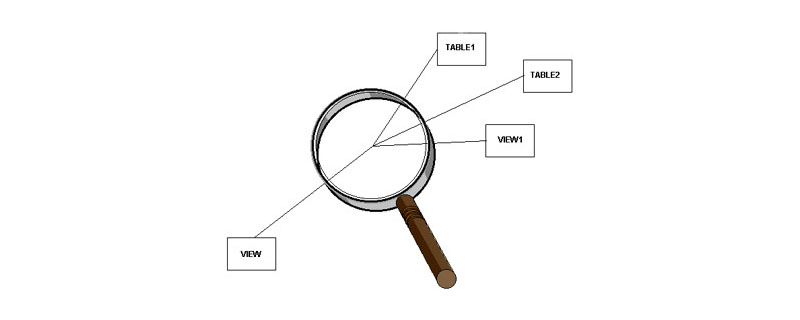本篇文章給大家帶來的內容是關于laravel關聯模型中has和with區別(詳細介紹),有一定的參考價值,有需要的朋友可以參考一下,希望對你有所幫助。
首先看代碼:
$userCoupons = UserCoupons::with(['coupon' => function($query) use($groupId){ return $query->select('id', 'group_id', 'cover', 'group_number', 'group_cover')->where([ 'group_id' => $groupId, ]); }]) // 更多查詢省略...
數據結構是三張表用戶優惠券表(user_coupons)、優惠券表(coupons),商家表(corps),組優惠券表(group_coupons) (為了方便查看,后兩項已去除)
這里我本意想用模型關聯查出用戶優惠券中屬于給定組gourpId的所有數據(如果為空該條數據就不返回)。
但有些結果不是我想要的:
array(20) { ["id"]=> int(6) ["user_id"]=> int(1) ["corp_id"]=> int(1) ["coupon_id"]=> int(4) ["obtain_time"]=> int(1539739569) ["receive_time"]=> int(1539739569) ["status"]=> int(1) ["expires_time"]=> int(1540603569) ["is_selling"]=> int(0) ["from_id"]=> int(0) ["sell_type"]=> int(0) ["sell_time"]=> int(0) ["sell_user_id"]=> int(0) ["is_compose"]=> int(0) ["group_cover"]=> string(0) "" ["is_delete"]=> int(0) ["score"]=> int(100) ["created_at"]=> NULL ["updated_at"]=> NULL ["coupon"]=> NULL // 注意返回了coupons為空的數據 }
記錄中有的coupon有記錄,有的為空。想想也是,with只是用sql的in()實現的所謂預加載。無論怎樣主user_coupons的數據都是會列出的。
它會有兩條sql查詢,第一條查主數據,第二條查關聯,這里第二條sql如下:
select `id`, `group_id`, `cover`, `group_number`, `group_cover` from `youquan_coupons` where `youquan_coupons`.`id` in (1, 2, 3, 4, 5, 7, 8, 9, 10, 11, 13, 14) and (`group_id` = 1) and `youquan_coupons`.`deleted_at` is null
如果第二條為空,主記錄的關聯字段就是NULL。
后來看到了laravel關聯的模型的has()方法,has()是基于存在的關聯查詢,下面我們用whereHas()(一樣作用,只是更高級,方便寫條件)
這里我們思想是把判斷有沒有優惠券數據也放在第一次查詢邏輯中,所以才能實現篩選空記錄。
加上whereHas()后的代碼如下
$userCoupons = UserCoupons::whereHas('coupon', function($query) use($groupId){ return $query->select('id', 'group_id', 'cover', 'group_number', 'group_cover')->where([ 'group_id' => $groupId, ]); })->with(['coupon' => function($query) use($groupId){ return $query->select('id', 'group_id', 'cover', 'group_number', 'group_cover'); }])-> // ...
看下最終的SQL:
select * from `youquan_user_coupons` where exists (select `id`, `group_id`, `cover`, `group_number`, `group_cover` from `youquan_coupons` where `youquan_user_coupons`.`coupon_id` = `youquan_coupons`.`id` and (`group_ids` = 1) and `youquan_coupons`.`deleted_at` is null) and (`status` = 1 and `user_id` = 1)
這里實際上是用exists()篩選存在的記錄。然后走下一步的with()查詢,因為此時都篩選一遍了,所以with可以去掉條件。
顯然區分這兩個的作用很重要,尤其是在列表中,不用特意去篩選為空的數據,而且好做分頁。
? 版權聲明
文章版權歸作者所有,未經允許請勿轉載。
THE END




















